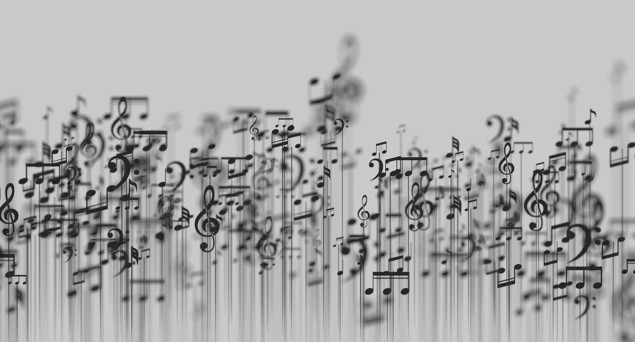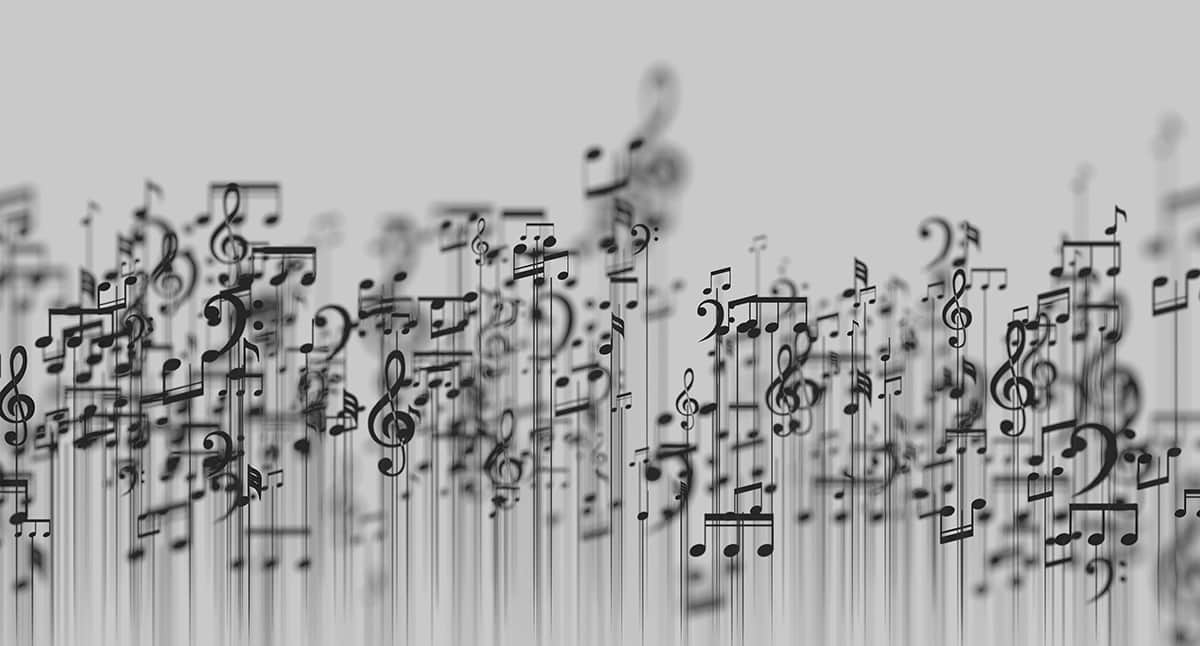
In an amazing experiment done at the University of California, Berkeley, researchers have reconstructed music from listeners’ brain activity. Robert Knight and colleagues had 29 people listen to Pink Floyd’s “Another Brick in the Wall, Part 1” while measuring their brain activity. The subjects were participating in a study of epilepsy and already had arrays of electrodes implanted in their brains.
The researchers focused on areas of the brain that are known to be involved in our perception of music. An artificial intelligence (AI) system was trained to recognize how people’s brains responded to different elements of the music such as rhythm and pitch. Then another AI system used this information to reconstruct a recognizable version of the Pink Floyd song.
Writing about the research in Scientific American, Lucy Tu points out that the study could help scientists develop systems that convert brain waves into speech, which would be a boon to people who have lost the ability to speak. As to why the team chose that particular song, Tu reports that the researchers are big fans of Pink Floyd.
Art in space
That Pink Floyd song was released in 1979, but two years earlier two very special phonographic discs were launched into space on board NASA’s Voyager spacecraft. As well as holding encoded audio recordings and images of life on Earth, the disc was etched with instructions for playing the recording and basic information about the location of Earth and the solar system.
Now, the Canada-based physicist Samuel Peralta plans to do a similar thing for visual art by launching the Lunar Codex project. The idea is to load a Nanofiche with images of about 30,000 works of art and send the Nanofiche to the Moon.
So what exactly is a Nanofiche? It is a proprietary storage system that uses a sharply focussed laser to etch images onto a nickel-based substrate. These analogue images are expected to last billions of years in outer space; tens of millions of years on the surface of the Moon; and tens of thousands of years on Earth.
It’s not clear to me how colour images are going to be stored on a Nanofiche, which is a black-and-white technology as far as I can tell. But if you want to investigate this further, a good place to start is this article in The Guardian by Dorothy Dunn.
